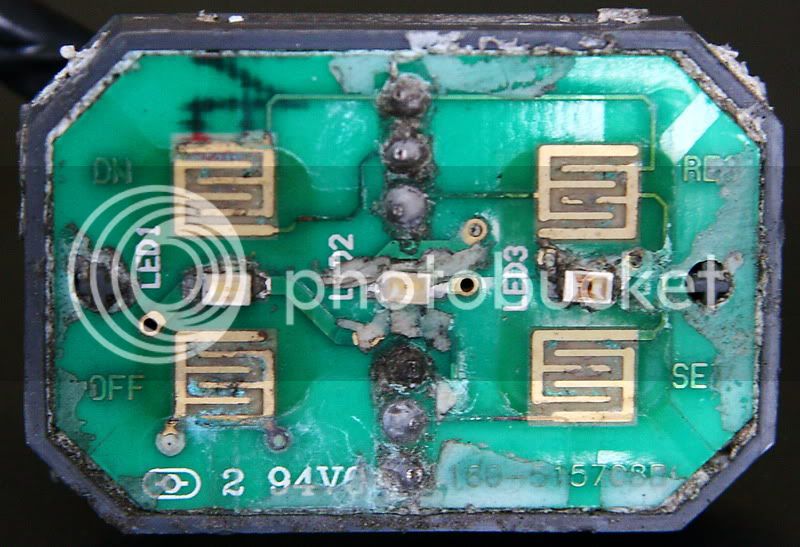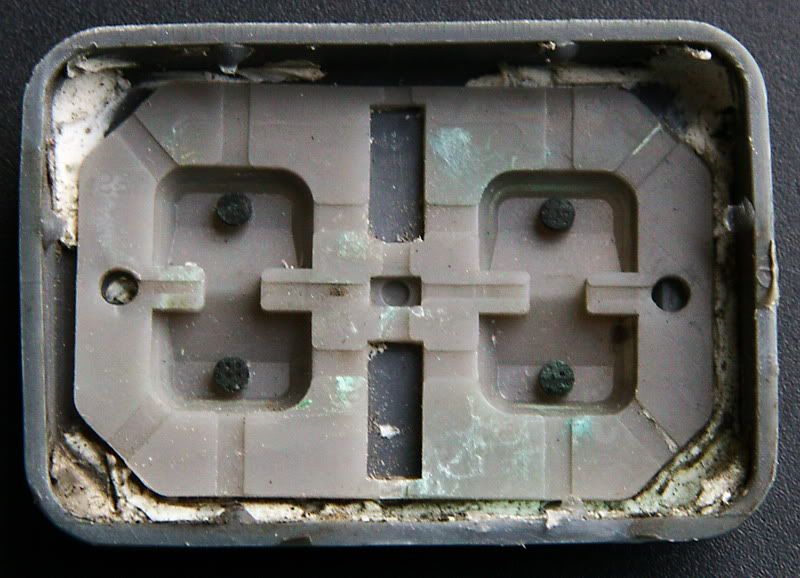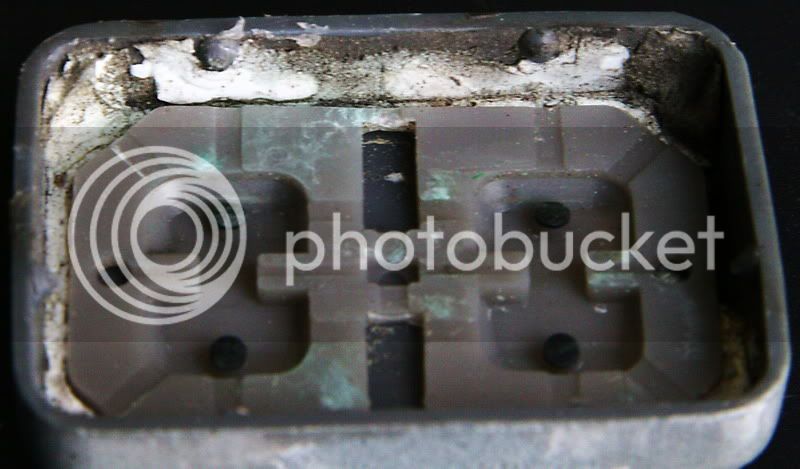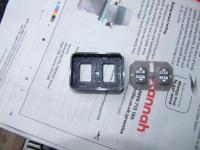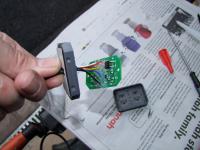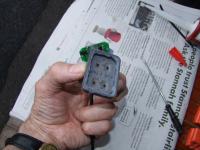Jack D
Well-known member
I have a CCS-1000 vacuum control cruise control on my 2009. It worked fine for a few thousand miles but has recently started having issues after about 200 miles of riding. After 200 miles if I have to use the brakes because of a lane changing big rig or slow BDC in the fast lane the resume button will not function. After a little more time the set button will not work. Sometimes if I turn the unit off and on the set button will work again. However it does need to be held in for awhile before the unit locks in to the speed and many times it sets at a speed below the speed I was traveling at. Finally when I travel still farther the speed begins to vary by 3-4 mph. When I first start out the speed seldom changes by 1 mph. All of this has been verified on level roads where hills are not a factor. I checked to make sure that the clamp that holds the cable in place by the throttle linkage was still tight and made a bracket that holds it firmly in place. Yesterday I had a 150 mile stretch of highway to test on. When I needed to disengage the cruise control I would use the clutch lever and rev the engine. This disengaged the unit without using the brakes as I was concerned that maybe the ground path through the stoplight filaments changed resistance when the filaments heated up or that the switches were sticking. The problems remained. I suspect a heat related issue with the control board but several people have their units mounted over the engine with no issues. Mine is under the seat. I do a lot of long distance riding where I travel 3-400 miles between stops which gives the unit quite awhile for faulty components to heat up. Has anyone experienced similar issues?




